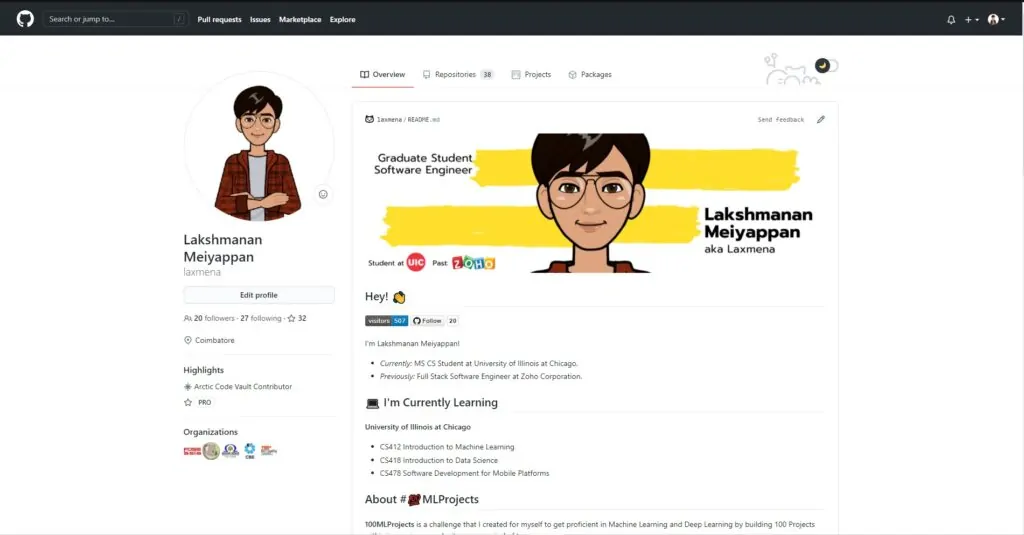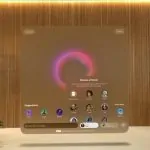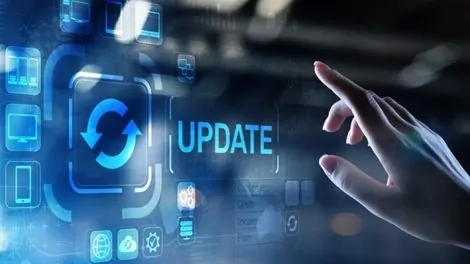Why Would You Want to Delete a GitHub Repository?
There are several reasons why you might consider deleting a GitHub repository:
- Project Completion: When a project you’ve been working on is complete, you may no longer need the repository and want to remove it from your GitHub profile.
- Organizational Cleanup: As your GitHub profile grows, you may want to declutter your repositories and remove any that are no longer relevant or active.
- Privacy Concerns: If a repository contains sensitive information or code that you no longer want to be publicly accessible, deleting it can help protect your privacy and security.
- Mistake or Experimental Repository: Sometimes, you may create a repository by accident or as an experiment, and you may want to remove it to keep your profile clean and organized.

How to Delete a GitHub Repository: Step-by-Step Instructions
Deleting a GitHub repository is a straightforward process. Follow these steps to delete a repository:
- Log in to your GitHub account and navigate to the repository you want to delete.
- Click on the “Settings” tab near the top of the repository page.
- Scroll down to the “Danger Zone” section, which is typically located at the bottom of the settings page.
- Click on the “Delete this repository” button.
- GitHub will prompt you to confirm the deletion. Type the full name of the repository to confirm, as shown in the input field.
- Click the “I understand the consequences, delete this repository” button to permanently delete the repository.
Considerations Before Deleting a GitHub Repository
Before deleting a GitHub repository, it’s important to consider the following factors:
- Backup Your Data: If the repository contains any important files, code, or project history that you want to preserve, make sure to back up the data before deleting the repository.
- Notify Collaborators: If the repository has any collaborators, it’s a good idea to notify them of your intention to delete the repository and give them a chance to retrieve any necessary information.
- Understand the Consequences: Deleting a repository is a permanent action, and it cannot be undone. Make sure you’re certain about your decision before proceeding.
- Consider Archiving Instead: If you don’t want to actively maintain a repository but still want to preserve its history, you can consider archiving the repository instead of deleting it.
Embracing a Clean GitHub Profile
By following the steps outlined in this guide, you can confidently delete a GitHub repository that is no longer needed or relevant. Remember, deleting a repository is a personal decision, and it’s important to weigh the potential consequences before taking this action.
With a clean and organized GitHub profile, you can better showcase your active projects and contributions, helping you to present a professional and polished online presence. Embrace this opportunity to declutter your GitHub repositories and focus on the projects that truly matter to you and your development journey.










Add Comment